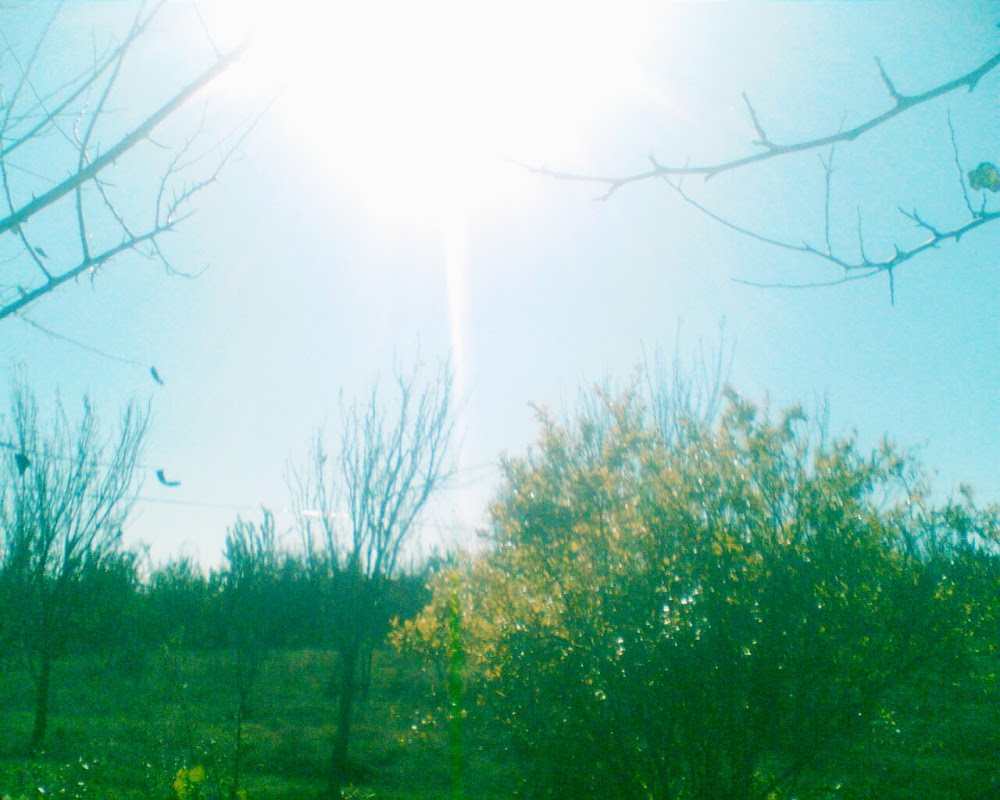Kirovka (Кировка)
Overview
Gunashli, also known as Kirovka, is a captivating village nestled in the stunning Talas Region of Kyrgyzstan. Surrounded by lush hills and fertile plains, this small but vibrant community stands as a testament to both its rich historical significance and modern resilience. With a history that stretches back centuries, Gunashli offers a unique glimpse into the past while showcasing the strength of its people today.
Historical Significance
The origins of Gunashli trace back to ancient times when it served as a crucial stop along the legendary Silk Road. This vital trade route connected diverse civilizations, facilitating the exchange of goods, ideas, and cultures. Gunashli's strategic geographical location made it an ideal resting point for traders, allowing it to flourish into a bustling settlement over time.
During the Soviet era, the village was renamed Kirovka in honor of Soviet leader Sergey Kirov. Significant modernization efforts transformed the village, bringing electricity, improved roads, and public buildings to the area. The fertile lands surrounding Gunashli were harnessed for agriculture, leading to the establishment of collective farms. Wheat, barley, and sugar beets became the main crops, providing essential sustenance and jobs for the local community.
Community Development
This era also saw the construction of vital facilities such as schools, health clinics, and community centers. The local government prioritized education, establishing the school in Gunashli as a central hub for learning, drawing children from surrounding areas. Newly built halls hosted cultural activities and social events, fostering a strong sense of unity and pride among residents.
However, after the fall of the Soviet Union, Gunashli faced significant economic challenges. The collapse of the collective farming system forced many villagers to adapt, either by turning to private farming or migrating to urban areas for work. Yet, the community's resilience shone brightly during these tough times, as locals banded together, relying on traditional knowledge and skills to rebuild their lives.
Agricultural Revitalization
Today, agriculture remains the backbone of Gunashli's economy. The surrounding fields are home to small-scale farms that cultivate a variety of crops. Modern farming techniques and a growing understanding of sustainable practices have ensured the land remains fertile and productive. Animal husbandry is also widespread, with families raising sheep, goats, and cows—providing both food and financial stability for the villagers.
In addition to farming, there is a renewed emphasis on preserving Gunashli's natural beauty and cultural heritage. Villagers are actively working to maintain traditional crafts, music, and dance, ensuring their rich cultural legacy is passed down to future generations. The breathtaking landscape, characterized by rolling hills and clear streams, has also become a focal point for eco-tourism, inviting visitors to experience authentic village life.
The Spirit of Gunashli
The story of Gunashli, or Kirovka, is one of adaptation and perseverance. Its evolution from a key Silk Road stop to a modern village encapsulates a rich tapestry of history, culture, and community spirit. Despite the numerous challenges faced over the years, Gunashli stands as a vibrant and resilient place, embodying the enduring strength of its people and their deep connection to the land they call home. Visitors are welcomed to partake in local traditions, explore the untouched beauty of the Talas Region, and witness the incredible spirit of this remarkable village.




